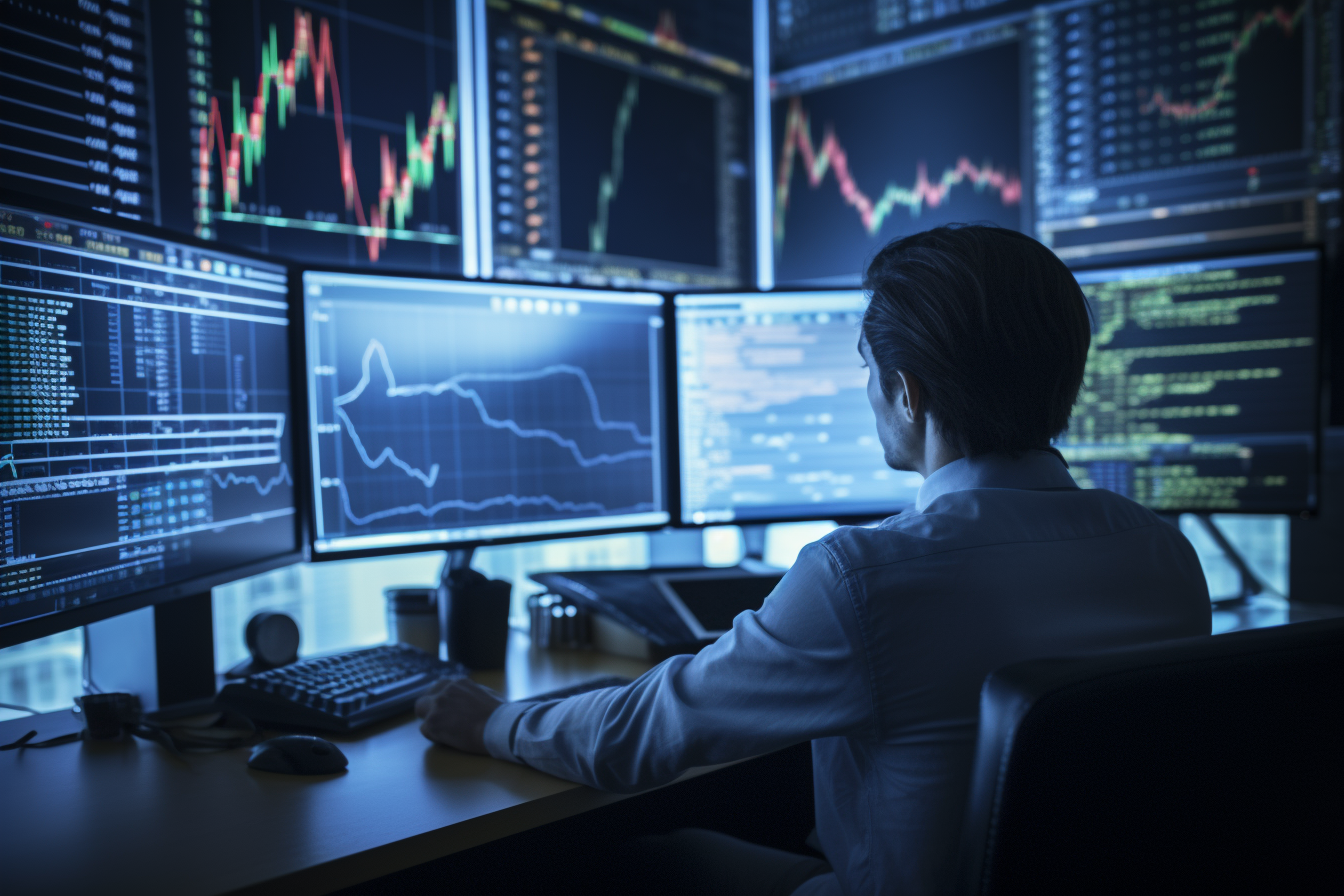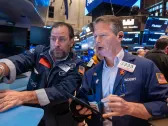In the fast-paced world of Wall Street, where split-second decisions can make or break fortunes, AI is becoming the new whiz kid. It’s the Gordon Gekko of the 21st century, but without the questionable ethics.
The Rise of AI in Trading
AI is transforming trading from a game of guts and intuition into a precise science. It’s crunching mountains of data, spotting trends that would make a hawk’s eyes cross, and making decisions faster than a Wall Street trader can shout ‘Buy!’ But what does this mean for the market, the traders, and the average Joe with a 401k?
The Potential of AI in Trading
AI has the potential to revolutionize trading by:
- Optimizing trading strategies
- Considering tax implications
- Spotting potential market manipulation tactics
However, as AI becomes more integrated into the trading process, there are concerns about its misuse. As Mizuta’s study shows, there’s a potential for AI to learn and execute market manipulation strategies.
The Future of AI in Trading: Opportunities and Pitfalls
While AI offers many benefits, it also comes with risks. To ensure that AI is used responsibly and ethically in the trading arena, we need to:
- Monitor its performance and correct any biases
- Regularly update and fine-tune its algorithms
- Implement human oversight and intervention
As Marcel Grote and Justus Bogner discuss in their paper ‘A Case Study on AI Engineering Practices: Developing an Autonomous Stock Trading System’, solid AI engineering practices are crucial to ensure the quality of the resulting system and to improve the development process.
The World of AI in Trading
The world of AI in trading is as exciting as the trading floor on a busy day. It’s a rapidly evolving field, and as we continue to explore and harness the power of AI, one thing is clear: the future of trading will be shaped by this powerful technology.
Further Reading and Resources
For those interested in diving deeper into the world of AI and trading, here are some resources and links to follow:
Academic Papers and Research
- ArXiv.org: This repository of electronic preprints of scientific papers in the fields of mathematics, physics, astronomy, computer science, quantitative biology, statistics, and quantitative finance can be accessed online.
- MIT Technology Review: This magazine offers a wealth of articles on AI and its applications, including trading.
Online Courses and Tutorials
- AI in Trading: This course on Udemy provides a hands-on introduction to the use of AI in trading. It’s a paid course, but it often goes on sale.
- Books: For a more in-depth understanding, consider reading books like ‘Advances in Financial Machine Learning’ by Marcos Lopez de Prado and ‘Machine Learning for Algorithmic Trading’ by Stefan Jansen.
Industry Reports and Publications
- AI in Financial Services: This report by Deloitte provides a comprehensive overview of how AI is being used in the financial services industry, including trading.
- Towards Data Science: This online publication platform focuses on data science and AI. It’s a great resource for articles that break down complex topics into digestible pieces.
The future of trading will be shaped by this powerful technology. As we stand on the cusp of this new era, it’s going to be one hell of a ride. So, buckle up and stay tuned.
Key Takeaways
- AI is transforming trading from a game of guts and intuition into a precise science.
- AI has the potential to revolutionize trading by optimizing trading strategies, considering tax implications, and spotting potential market manipulation tactics.
- However, there are concerns about its misuse, and we need to monitor its performance, correct any biases, regularly update and fine-tune its algorithms, and implement human oversight and intervention.
By understanding the opportunities and pitfalls of AI in trading, we can harness its power to create a more efficient and transparent market.




